As one of the four precious colored gemstones, ruby has a long history of enhancement treatments to improve its quality. Current primary enhancement methods include heat treatment, filling treatment, diffusion treatment, and dyeing treatment.
01 Heat Treatment
Conditions and Purposes:
Oxidizing environment at 800–1900°C: Remove brown tones in Thai rubies.
Oxidizing environment at 800–1900°C (as low as 450°C): Reduce blue tones in Vietnamese or Mong Hsu (Myanmar) rubies.
Heating in borax at 1300–1900°C for 10–20 hours: Heal fractures.
Borax/silica flux roles: (1) Prevent cracking at high temperatures; (2) Improve clarity.
Rapid cooling after heating to 1600–1800°C: Remove silk-like inclusions or poorly developed asterism.
Heating at 1100–1400°C for 1–14 days (or longer) followed by slow cooling: Induce asterism in titanium-rich rubies.
Identification Features
Surface Characteristics
1.Uneven color distribution
2.Changes in color zoning intensity and clarity.
3.Partial melting, pitting, or dimples on facet junctions.
Fluid Inclusions
1.Altered, increased, or chaotic fingerprint-like inclusions, often along fractures (Figure 1-2)
2.Flux residues in healed fractures or cavities (Figure 3)
Solid Inclusions
1.Circular stress fractures (Figure 4).
2.Needle-like or hazy inclusions.
3.Rounded negative crystals (Figure 5).
UV Fluorescence
Chalky blue patches under UV light (Figure 6)
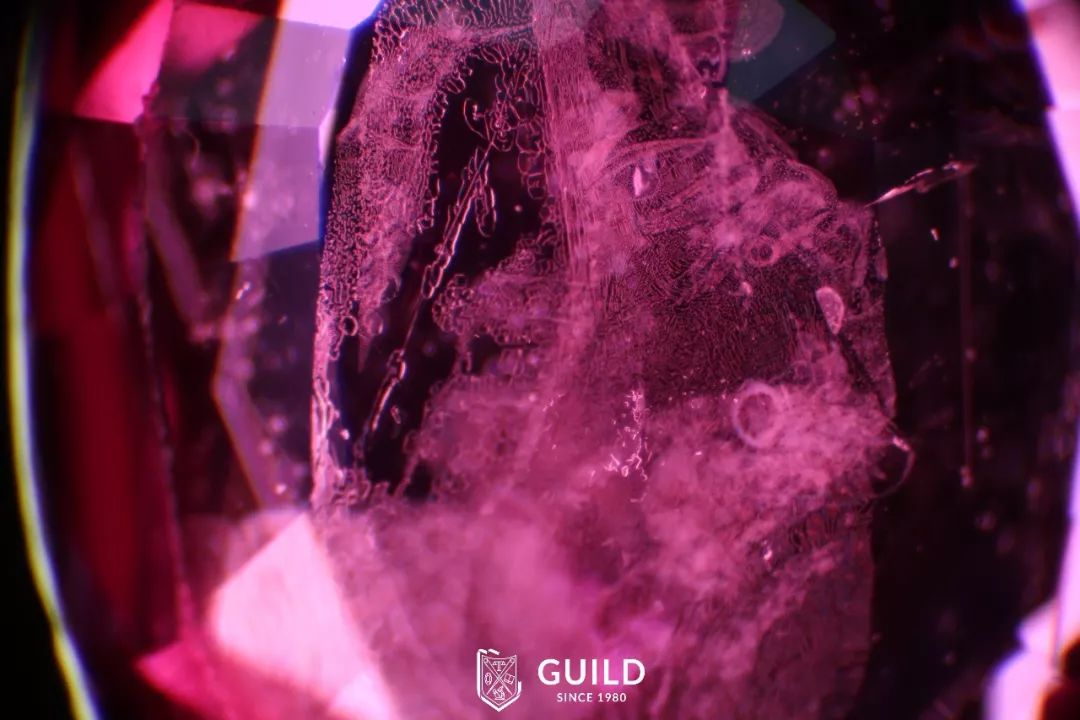
Figure 1: Fingerprint inclusions in heat-treated ruby
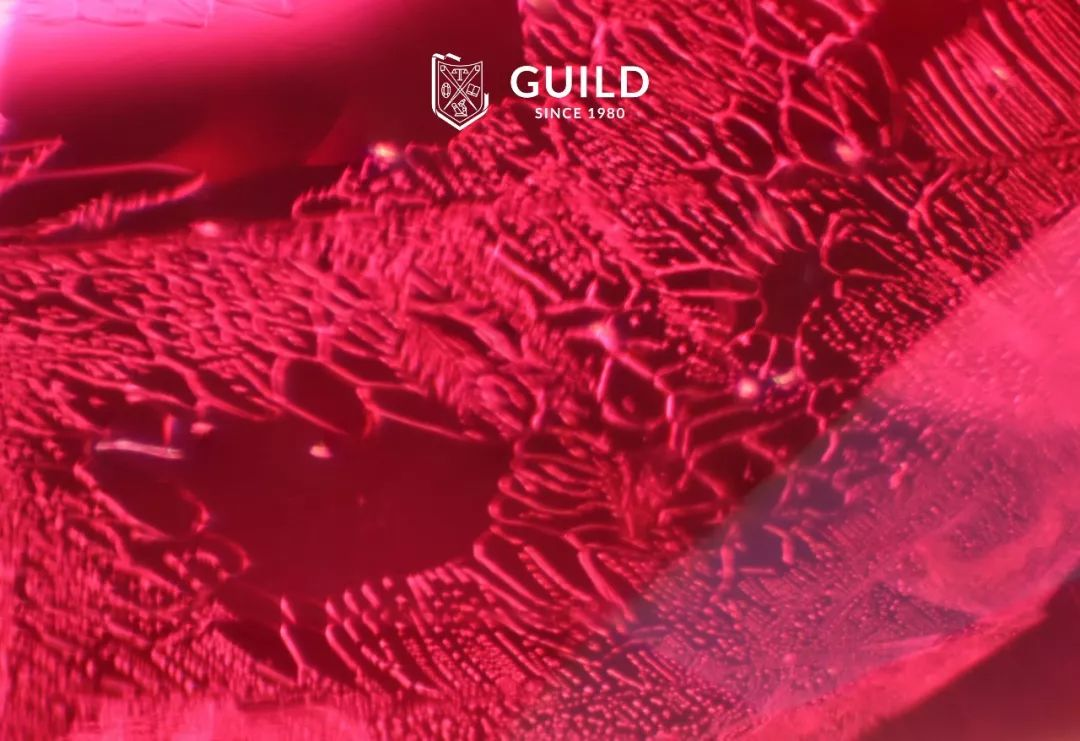
Figure 2: Gas-liquid inclusions in ruby expand when heated and contract upon cooling
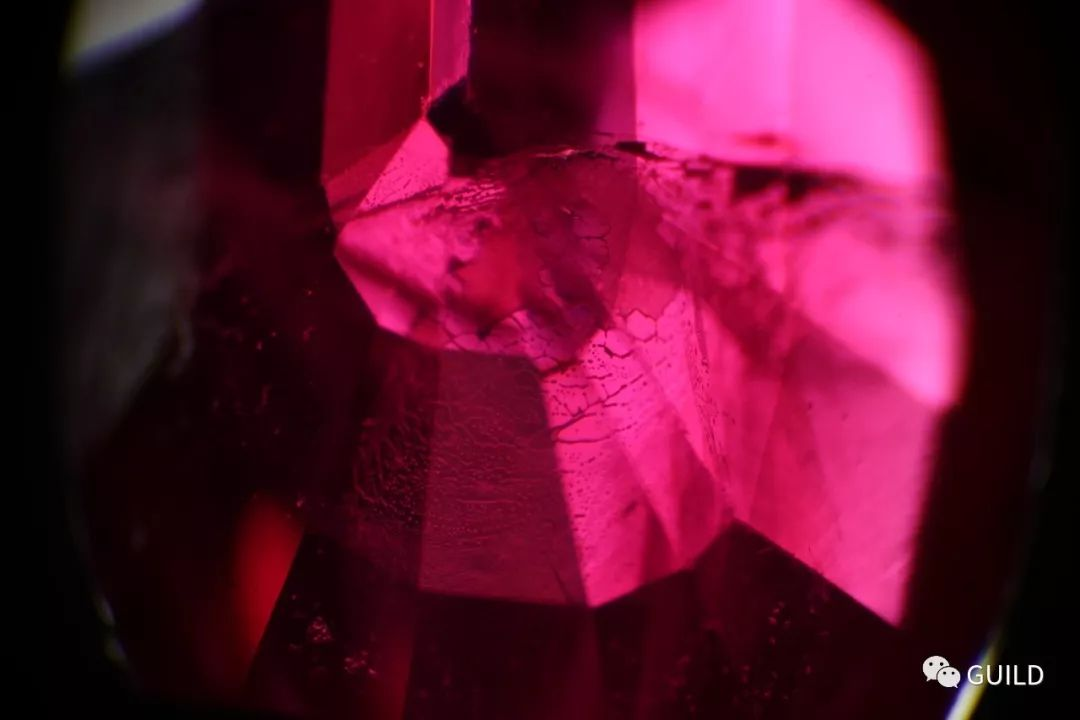
Figure 3: Flux residues in heat-treated ruby
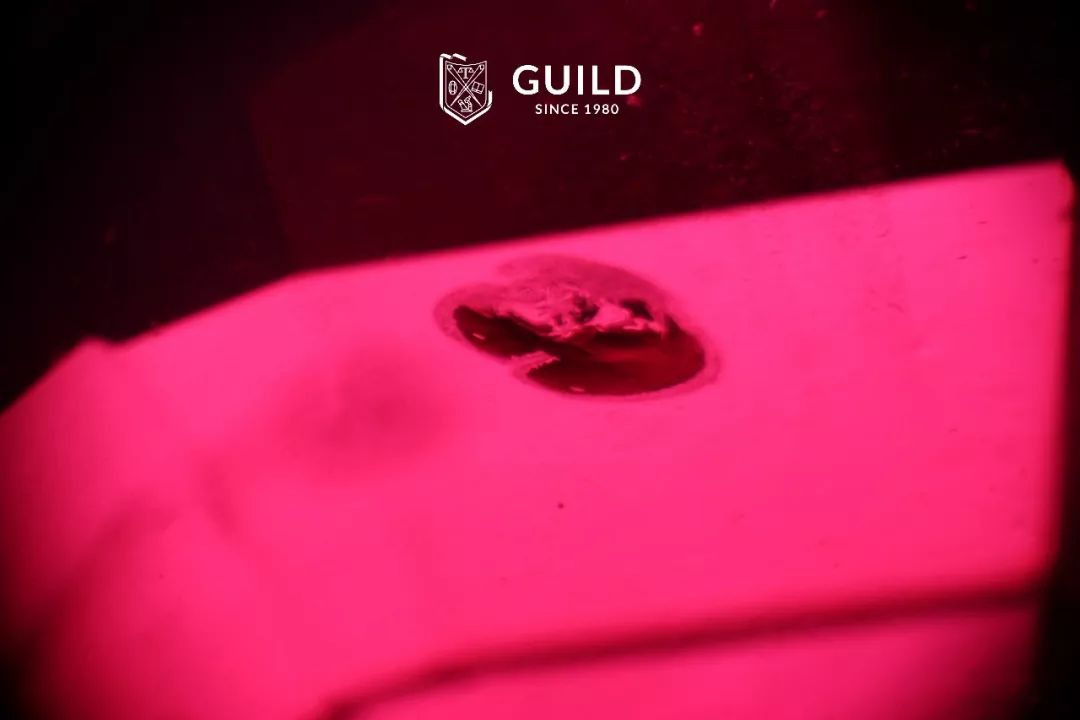
Figure 4: Disk-shaped fractures formed by expanded inclusions during heating

Figure 5: Rounded crystals and fingerprint inclusions caused by heat treatment.

Figure 6: Chalky blue areas in heat-treated ruby under UV light
Heat treatment is a commonly used enhancment for rubies, which can change the color or clarity of rubies to varying degrees. Based on microscopic observations and large-scale instrument tests, the heat treatment ratings of rubies can be classified into the following levels:
-No indication of thermal enhancement
-H: Indications of thermal enhancement
-H(1): Thermal enhancement with minor residues.
-H(2): Thermal enhancement with significant residues
02 Filling Treatment
Purpose
Improve clarity, categorized into traditional filling and modern filling.
(1) Traditional Filling
Materials: Sodium-aluminum borate glass, aluminosilicate glass.
Conditions: 1400–1600°C.
Identification Features:
1.Reduced surface luster.
2.Glass-filled fractures/cavities with bubbles under magnification.
3.Differences in IR/Raman spectra compared to untreated rubies.
(2) Modern Filling
Materials: Lead glass or colorless oil (rarely colored oil).
Lead Glass Filling Features
1.Luster mismatch between filled areas and host (Figure 7).
2.Blue-purple flash effects in fractures (Figure 8).
3.Flat bubble clusters along fractures (Figure 8).
4.Secondary glass residues.
5.High Pb, Bi, or W content via EDXRF.
6.Lead glass patterns visible in X-ray imaging.
Colorless Oil Filling Features
1."Sweating" from open fractures under heat (Figure 9).
2.Alkyl absorption peaks (e.g., 2858 cm⁻¹, 2926 cm⁻¹) in IR spectroscopy.
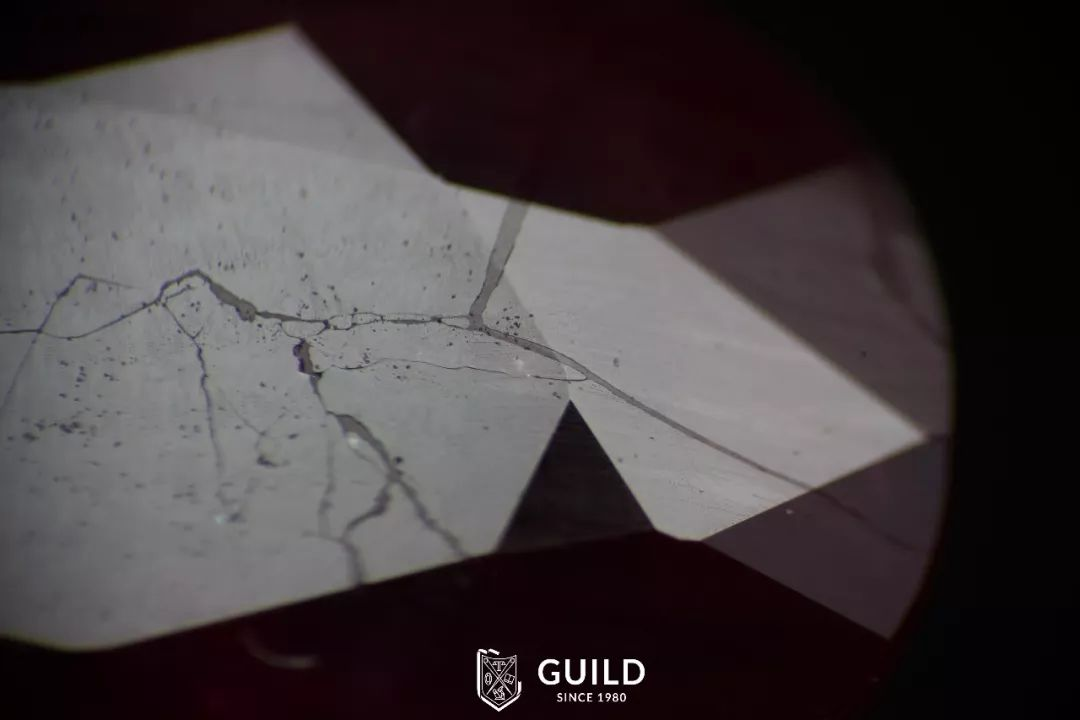
Figure 7: Luster difference in lead-glass-filled ruby.
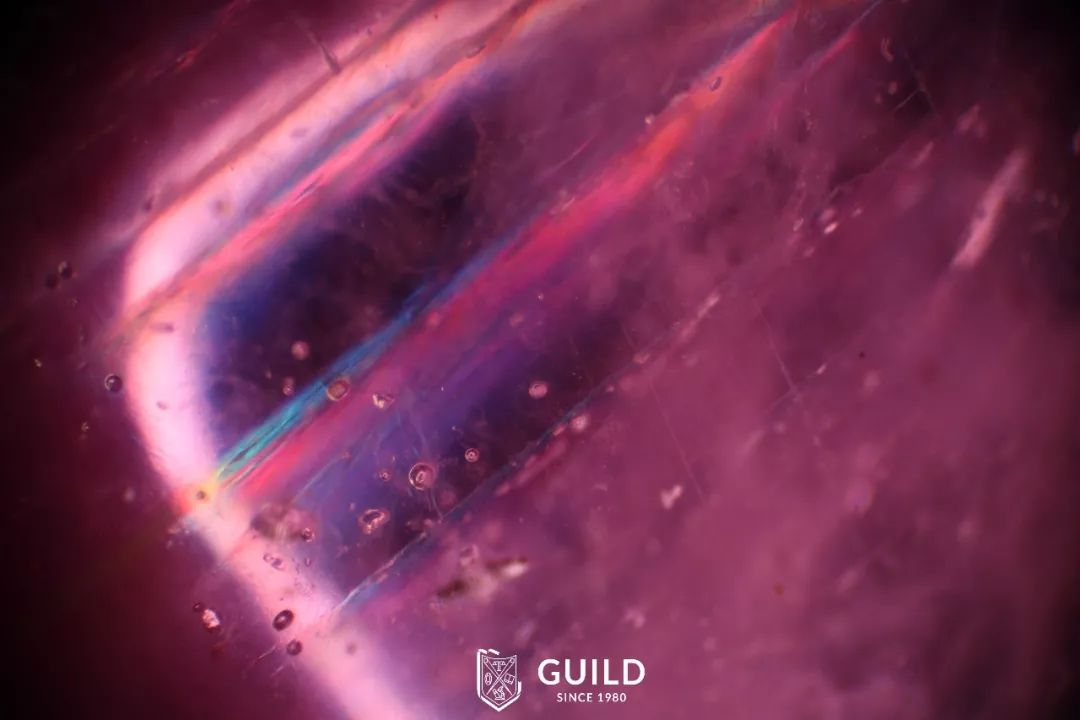
Figure 8: Colorful flashes and bubbles in lead-glass-filled ruby.
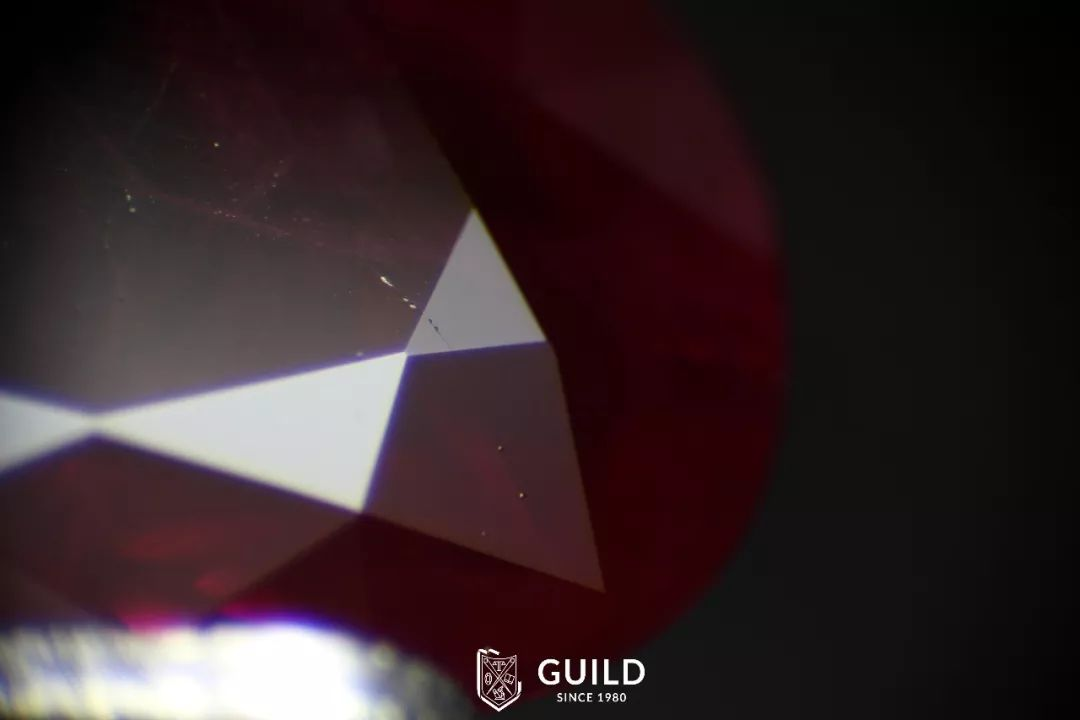
Figure 9: "Sweating" from fractures under heat.
03 Diffusion Treatment
Conditions and Purpose
Surface diffusion at 1600–1750°C to enhance red color or induce asterism. Chromium oxide coating heated for days. Color is surface-only and removable by polishing.
Identification Features
1.Orange-red hue resembling red spinel.
2.Orange-yellow/red dichroism (untreated ruby: dual red tones).
3.Refractive index >1.78 (untreated: 1.76–1.78).
4.No 468 nm blue zone or red zone absorption lines; weak/no 694 nm fluorescence.
5.Hazy surface from irregular quenching cracks and micro-bubbles.
6.Color concentrated at facet edges, girdle, or secondary glass under散射板/immersion.
04 Dyeing Treatment
Purpose
Improve color appearance.
Identification Features
1.Weak luster; dye concentrated in fractures.
2.Orange-red fluorescence under UV light.
3.Color loss when wiped with acetone/oil-based reagents.
4.This comprehensive guide outlines key methods and diagnostic criteria for identifying treated rubies, essential for gemological analysis and authentication.











